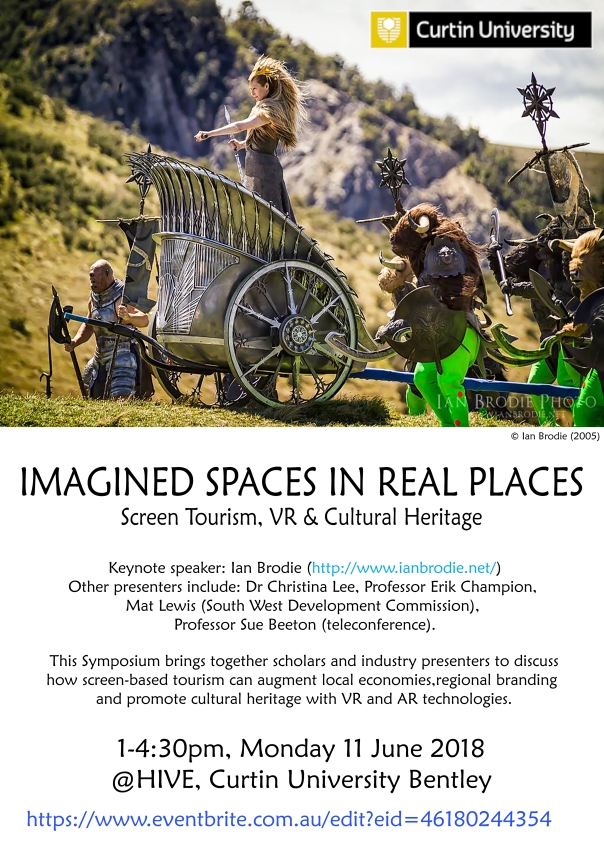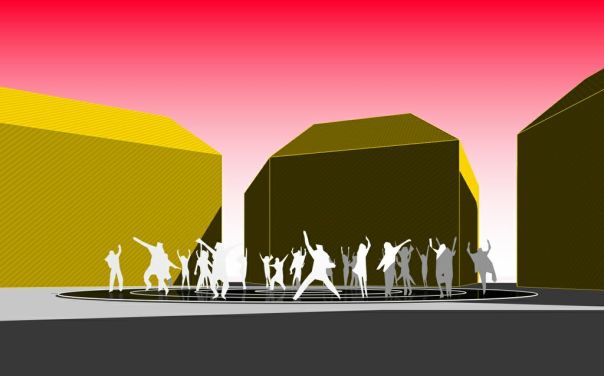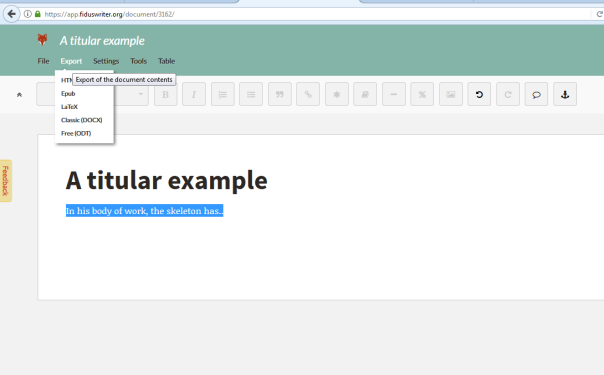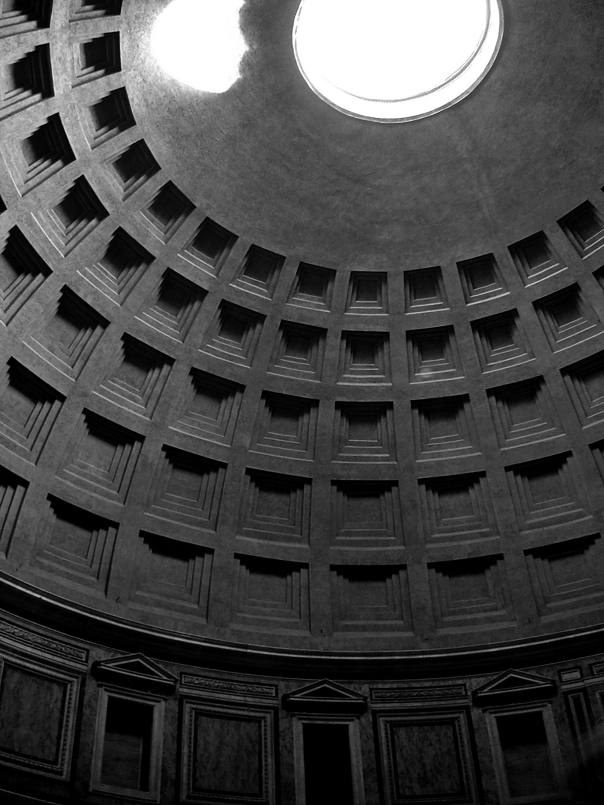Day 1 of #ComPDA conference (program) at the University of Cologne and authenticity is a big topic in Q&A
I wonder if
- a workshop session on writing a charter/guidelines on Authenticity in Digital and Interactive media would be of interest.
- A gane idea where exoloring and avoiding or collecting the most authentic would be part of the gameplay
- A tool inside a game/VE to show levels of contestation/interpretation/historical authenticity can reveal the schema/paradata postplay or preplay..
Xavier from Edinburgh is now talking about the exciting non educatonal aspects of Assassin’s Creed (Origins vs Odyssey for example) – I wonder if someone has done a survey of the game assets/narratives and scored/compared their educational/authentic-inauthentic/’fun’ levels and areas. Are fun and education really always directly opposed in these sort of games?
References
Assassin’s Creed
- https://waypoint.vice.com/en_us/article/a3a33g/assassins-creed-origins-ancient-egypt-architecture
- https://business.financialpost.com/technology/gaming/how-ubisoft-montreal-used-historians-to-make-ancient-egypt-authentic-in-assassins-creed-origins
- https://www.ancient-origins.net/news-general/new-assassin-s-creed-has-most-realistic-reconstruction-ancient-egypt-ever-produced-021686
- https://www.theguardian.com/technology/2017/oct/05/assassins-creed-origins-recreated-ancient-egypt-ubisoft
- How accurate is the representation of Egypt in Assassin’s Creed Origins?
- The Assassin’s Creed Series Is Full Of Historic Inaccuracies
- The Real Historical Context in ‘Assassin’s Creed Origins
General
- The Nara Document on Authenticity
- Experiencing Authenticity at Heritage Sites: Some Implications for Heritage Management and Conservation
- 3-D Virtual Replicas and Simulations of the Past: “Real” or “Fake” Representations?
- The Thing about Replicas—Why Historic Replicas Matter
- The Fallacy of Reconstruction
- Heritage authenticities – a case study of authenticity perceptions at a Danish heritage site
- Amphiboly of Digital Heritage: Why to create authenticity through gamification
- Authenticity through VR-based documentation of cultural heritage. A theoretical approach based on conservation and documentation practices
- Authenticity and cultural heritage in the age of 3D digital reproductions












